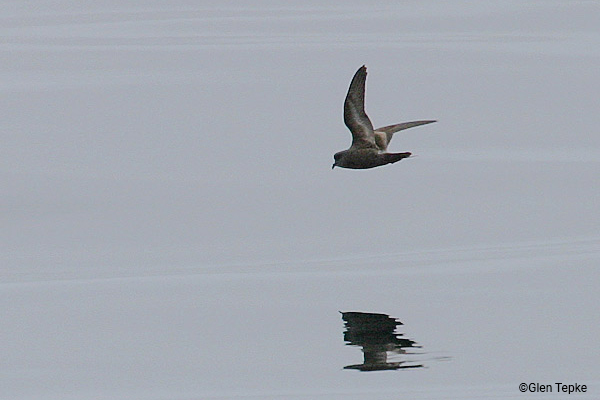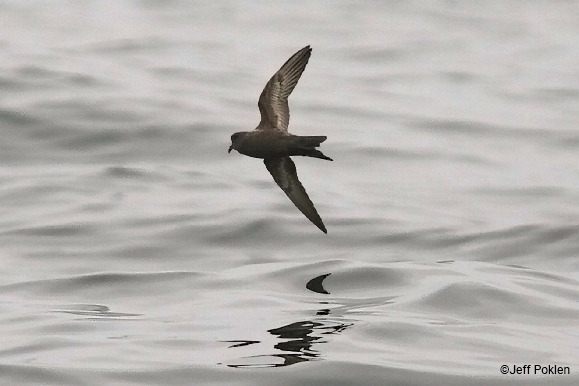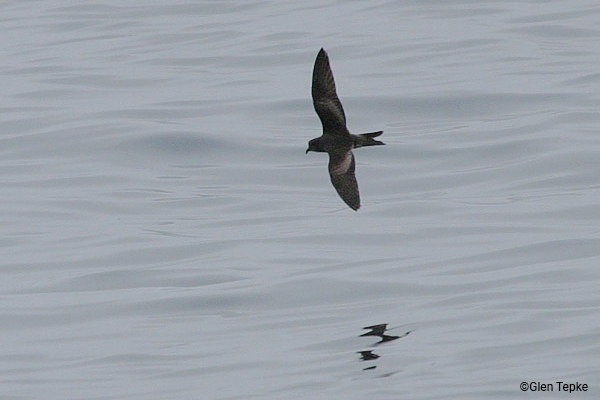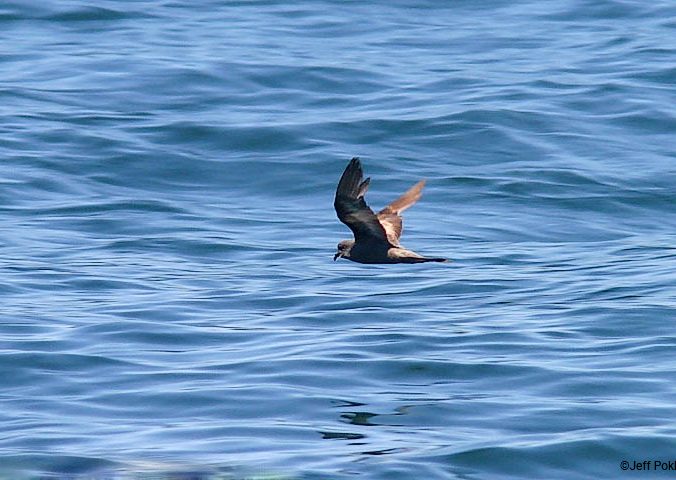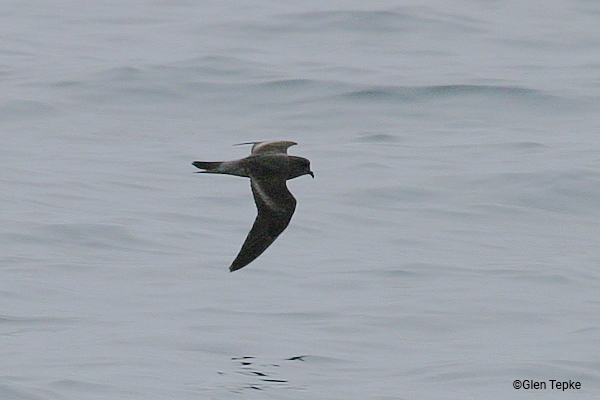About
This nocturnal storm-petrel is notoriously difficult to identify due to its all dark plumage, which is hard to pick out in the dark.
They tend to come and go from their rocky island nesting sites at night, likely to avoid predators. Identification issues and difficulty in locating hidden nests has meant that little research has been undertaken on the Ashy Storm-petrel. Unlike most species of storm-petrel, they do not venture very far from their breeding island. They are found only on offshore islands of Baja California in Mexico and California in the USA. Introduced predators, such as feral cats and rats, are a threat to birds at the nesting grounds, feeding on young chicks and eggs. At sea, pollution from oil and organochlorides affect numbers. The impact of bright lights from fishing vessels, other ocean-going vessels, and offshore energy platforms is yet to be understood, but this could be a key factor in the decline of this nocturnal species.
- Order: Procellariiformes
- Family: Hydrobatidae
- Population: 5,200-10,000
- Trend: decreasing
- Size: 19cm
EDGE Score
Distribution
This species nests on several islands off the coast of California in the USA and northern Mexico. A pelagic bird, this storm-petrel spends much its time over waters in this region.
Habitat and Ecology
This species is usually found out on the open ocean, and nests on rocky island terrain. They are social birds, nesting in small and large colonies on offshore islands. The birds’ diet is comprised of spiny lobster larvae and other crustaceans, larval fish, and squid. The breeding season is very long and typically lasts from February to January of the following year. Typically the monogamous pair produces one egg.
